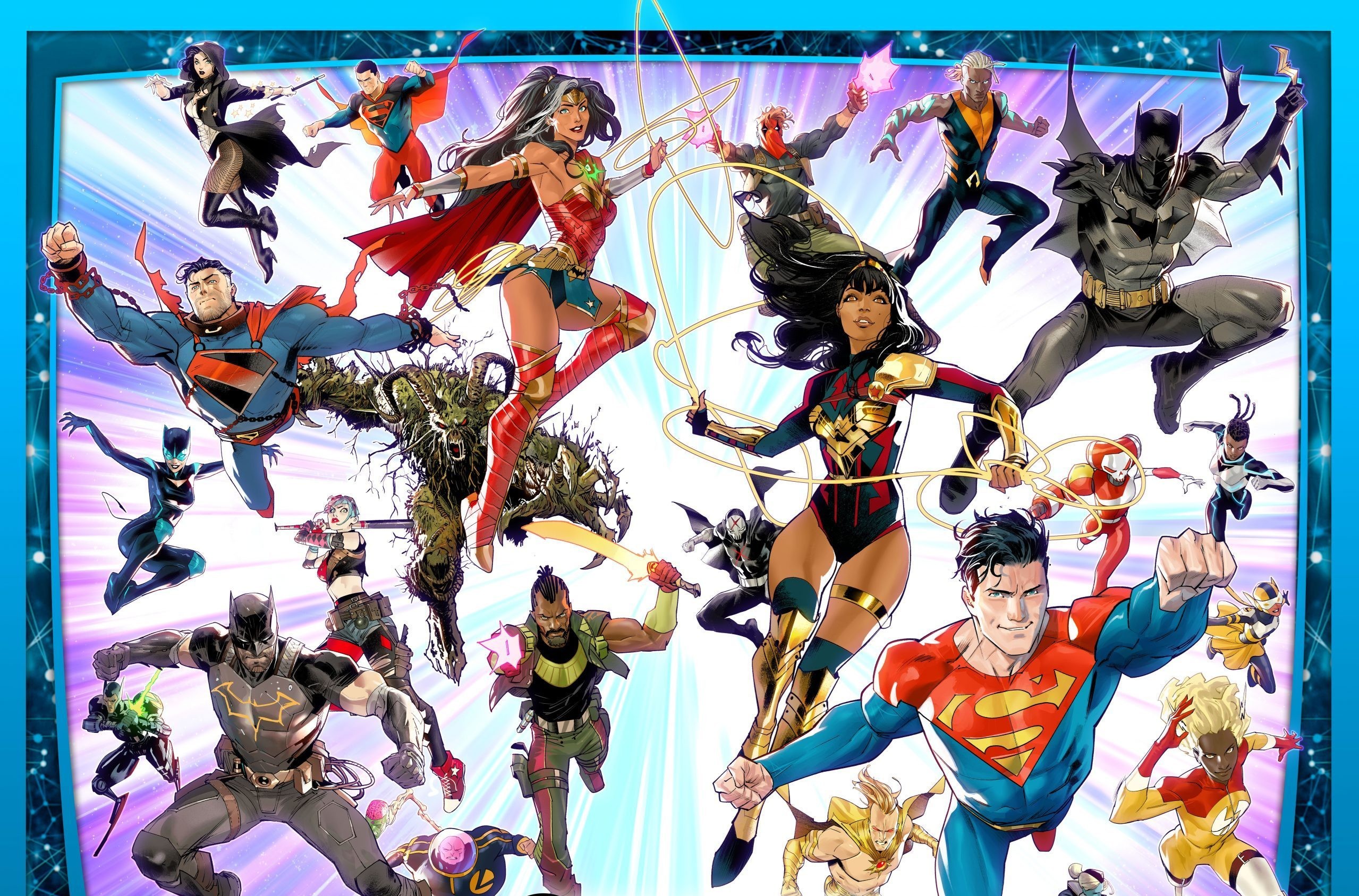Table of Contents Show
There have been no lack of rumors and hype surrounding the temporary, line-wide revamp of the DC slate of comics known as Future State. Starting five years ahead of the “present” and exploring as far as the end of time, there will be a new status quo for most of DC’s characters. New heroes will take up classic mantles, from Batman to Wonder Woman to Mister Miracle.
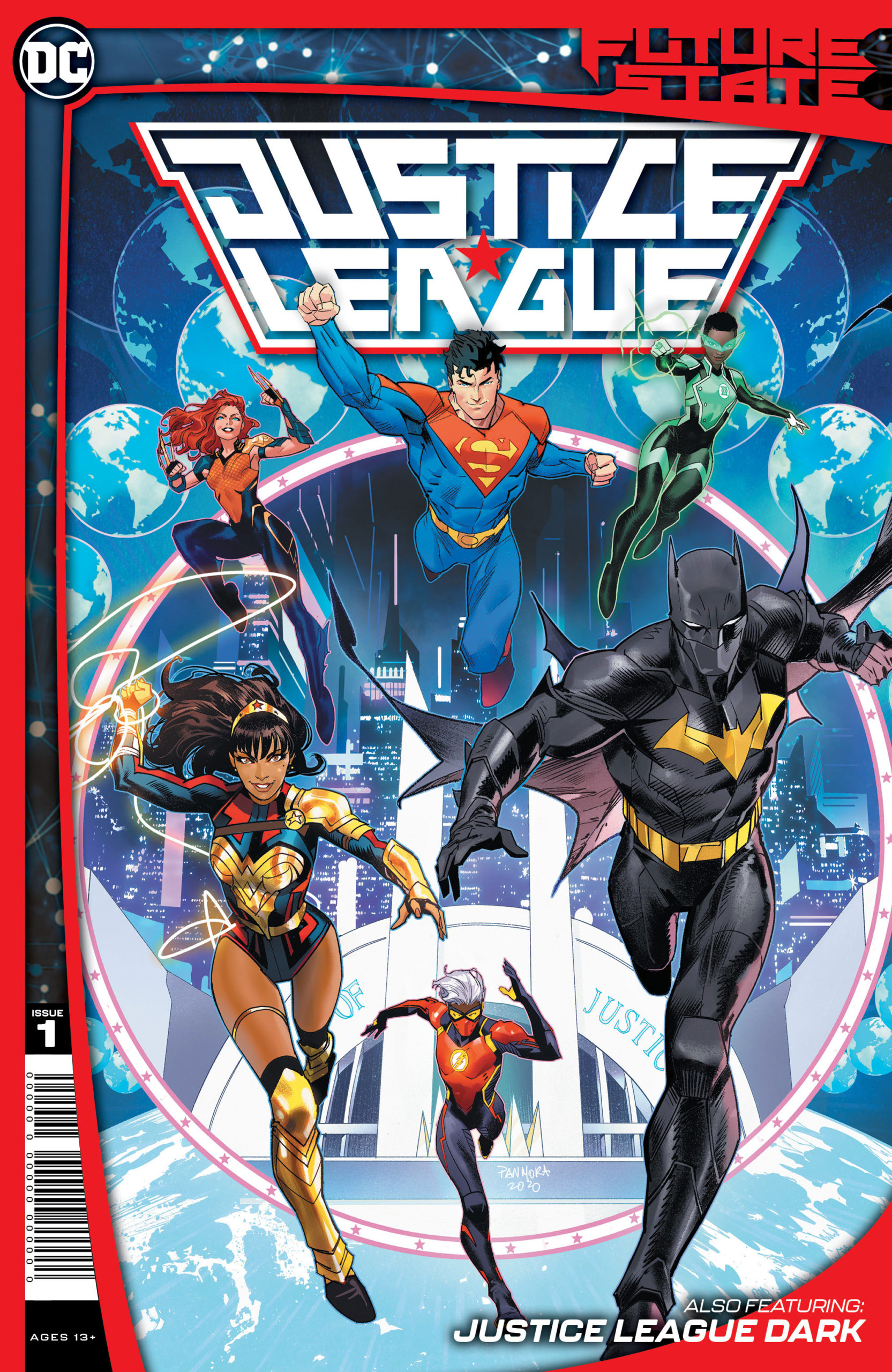
But there’s a catch: this event ends in the month of February, with most solicitations being just two-issue miniseries. However, given the potential for new stories and a focus on character diversity, there is an argument to be made for Future State to stick around as a more integral part of the DC Universe.
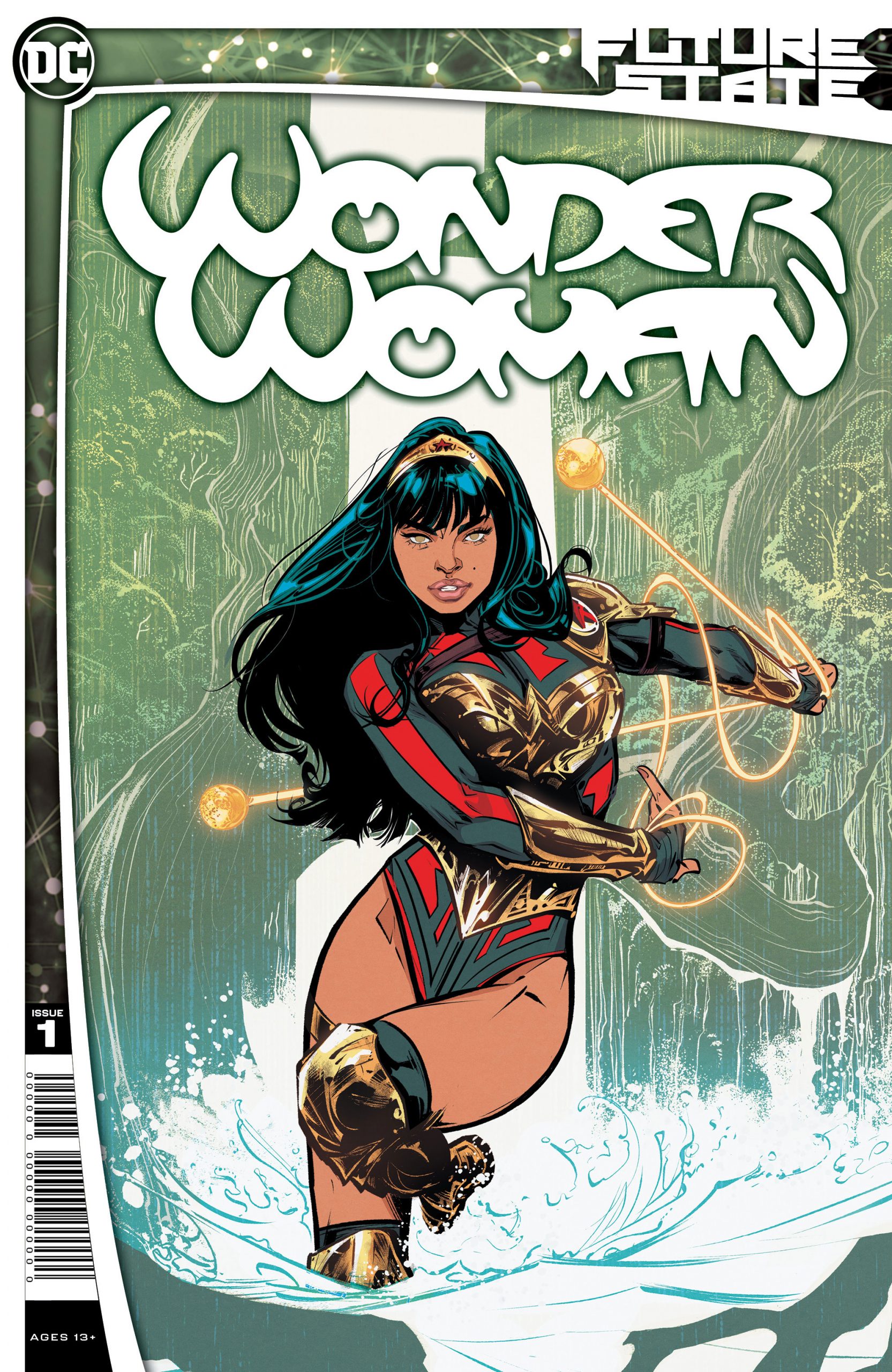
DC Future State should not disappear like past, similar events, such as Convergence. Instead, DC should work to integrate the new characters and their unique perspectives into their Infinite Frontier launch when standard ongoing comics return in March 2021. The quality of the event as a whole remains to be seen, but Future State is off to a strong start that justifies at least considering keeping its ideas around past February.
New and interesting storylines, diverse characters, unique perspectives, and opportunities for new comic creators’ voices to be heard are all strong reasons to keep Future State around. Moreover, I will briefly explore how it spins out of the recently concluded Dark Nights: Death Metal and how that event’s implications set up Future State to be a meaningful part of the DC Universe moving forward.
Everything Matters: Death Metal And DC’s New Omniverse
The best place to start is at the end. The end of DC’s most recent Multiverse shattering event, Dark Nights: Death Metal, that is. In the past, DC’s mega-crossovers, like Crisis on Infinite Earths, were meant to rewrite the DC Universe to favor a more streamlined continuity. Often, entire storylines are retconned or forgotten entirely in the wake of “reboot” events.
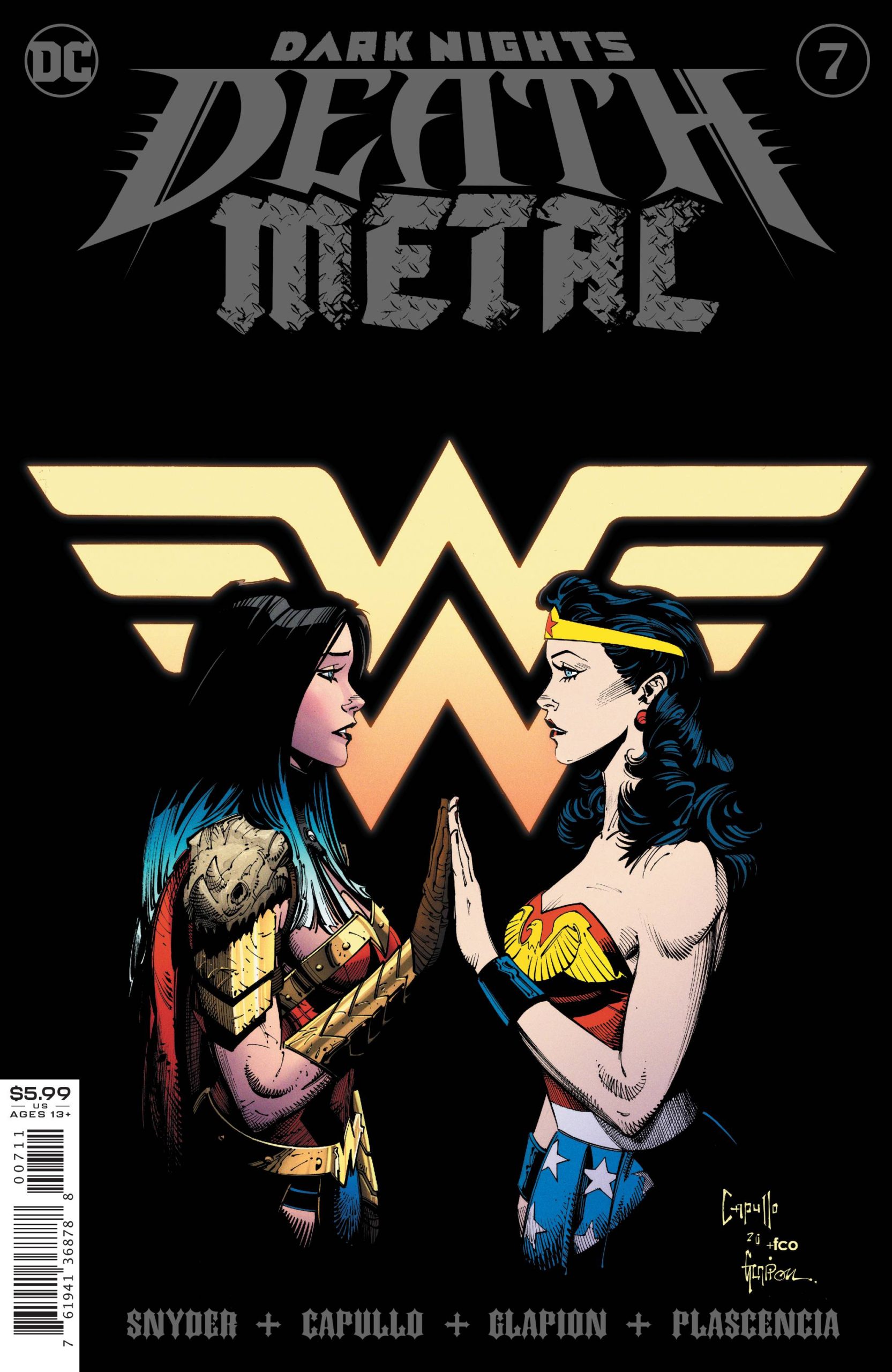
By the end of Death Metal, Wonder Woman has come out on top in her brutal cosmic battle with the Darkest Knight. But at what cost? One of the creators of the Multiverse (the Hands) comes to Wonder Woman after her victory. This god-like entity tells her that the Hands have changed their approach, and the Multiverse will be restored. However, unlike past “rebirths,” all histories and memories of them will be restored. It all matters.
In fact, it is more than just the Multiverse now. There are entirely new multiverses that have formed alongside DC’s prime one. As dubbed by Lex Luthor, they are now part of the Omniverse. This means that every DC story ever told, comic books, films, animated TV shows — it all happened and has significance.
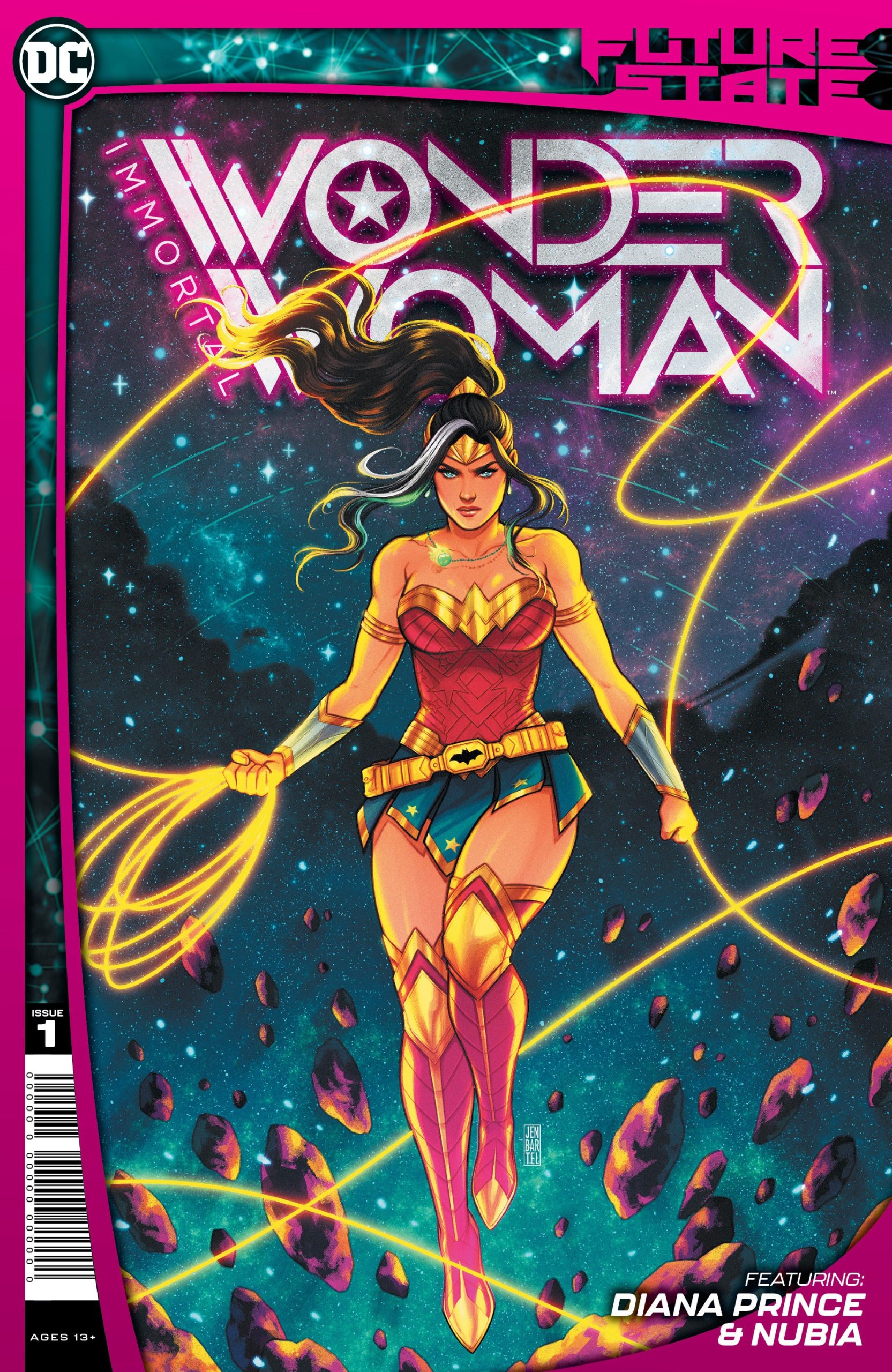
This sets up Future State to make major waves in the new DC Omniverse. Even though it is only scheduled as a two-month event, Death Metal’s ending means everything that happens throughout January and February has the potential to make a lasting impact on the DC Comics world. There is a new Batman, Wonder Woman, and Superman, among other revamped characters. In DC’s brave new world, these new heroes matter and won’t be fading away when Future State ends. And, to be honest, I don’t want them to.
Just Give Us Good Stories
I have read a good portion of the first two weeks’ worth of Future State, and I’m thoroughly impressed. They are not all perfect, but they have all been enjoyable stories that don’t try to be anything other than that.
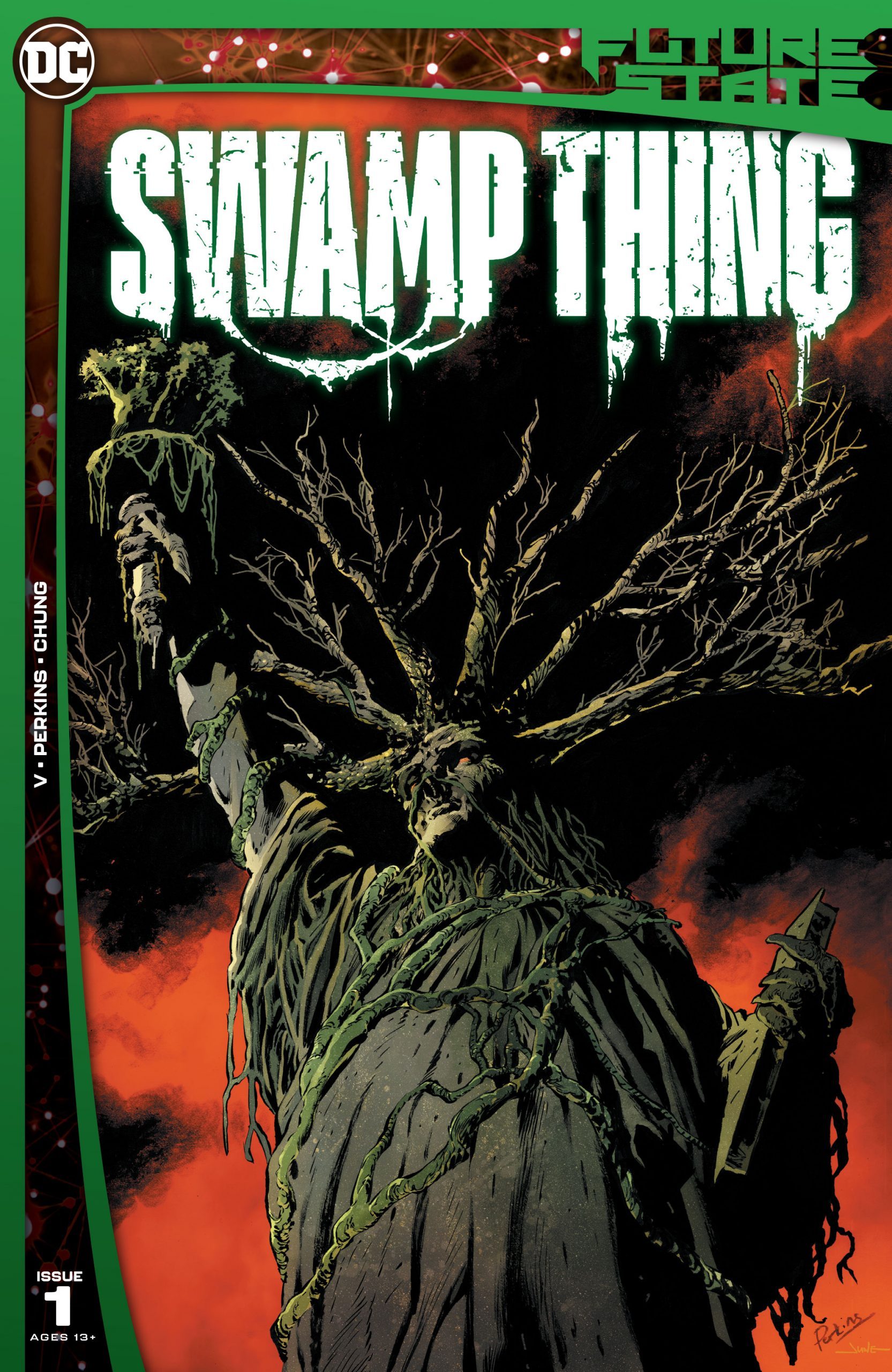
Swamp Thing in the year 4500? Yes, please. Superman on a distant world in gladiatorial combat with other powerful beings? I’m one hundred percent in. Death Metal gives Future State and other DC publications infinite storytelling possibilities within their new form of continuity. Furthermore, this eliminates the need for new creative teams to tie-up loose ends or rewrite characters from past creators in order to suit their version. In essence, the creatives are free to be more creative. And that’s good for everyone.
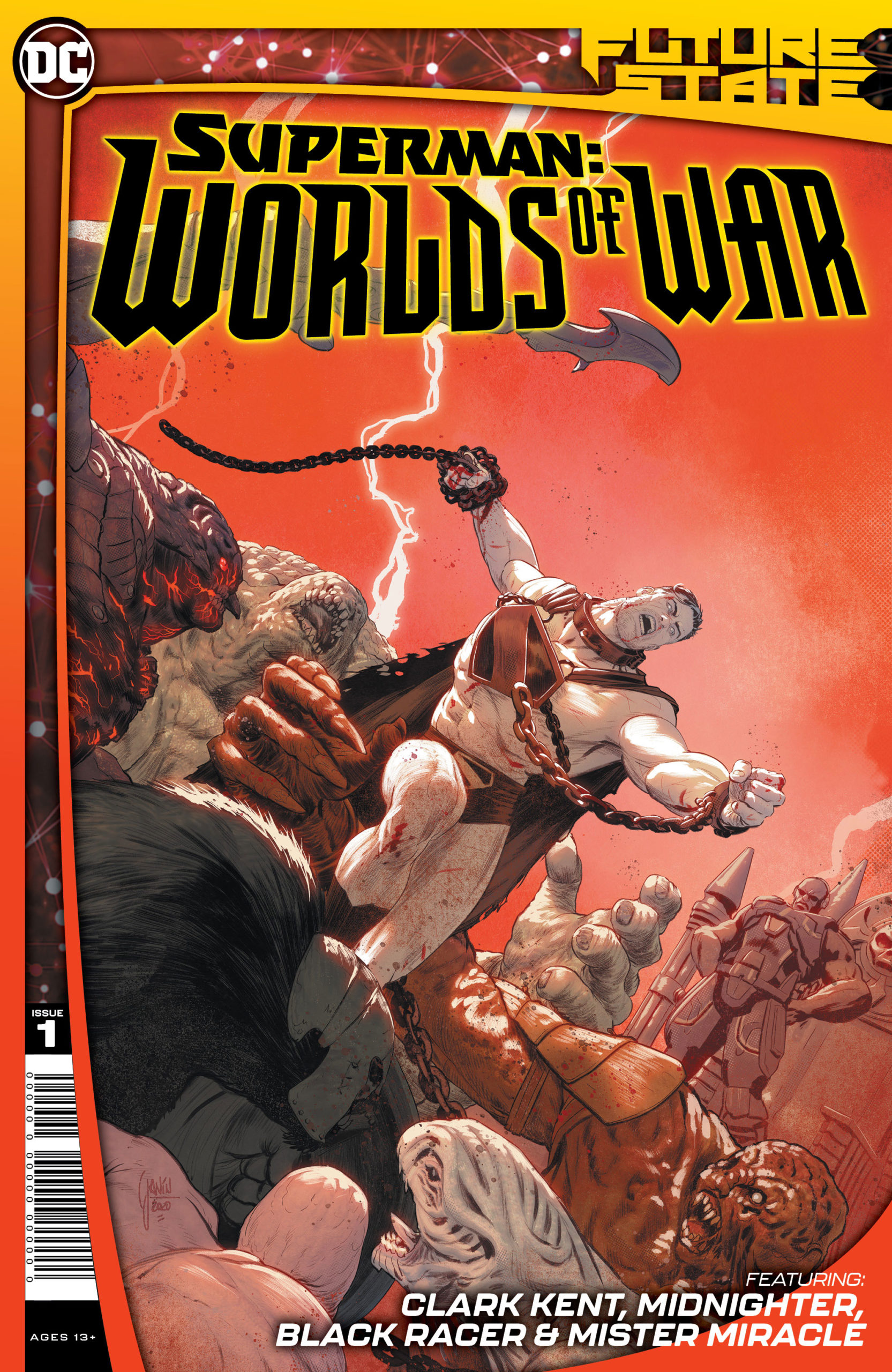
Despite the unfortunate layoffs at DC in the past year, Future State does give some lesser-known (in the mainstream) artists and writers a chance to express their voices in considerable ways. John Ridley, Nick Derington, Becky Cloonan, Ram V, Phillip Kennedy Johnson, Joelle Jones, Mariko Tamaki, and Nicola Scott, to name a few, are all part of creative teams working on Future State. Though many are veteran comic creators, they may not be as well-known as the likes of Brian Michael Bendis, Tom King, or Grant Morrison.
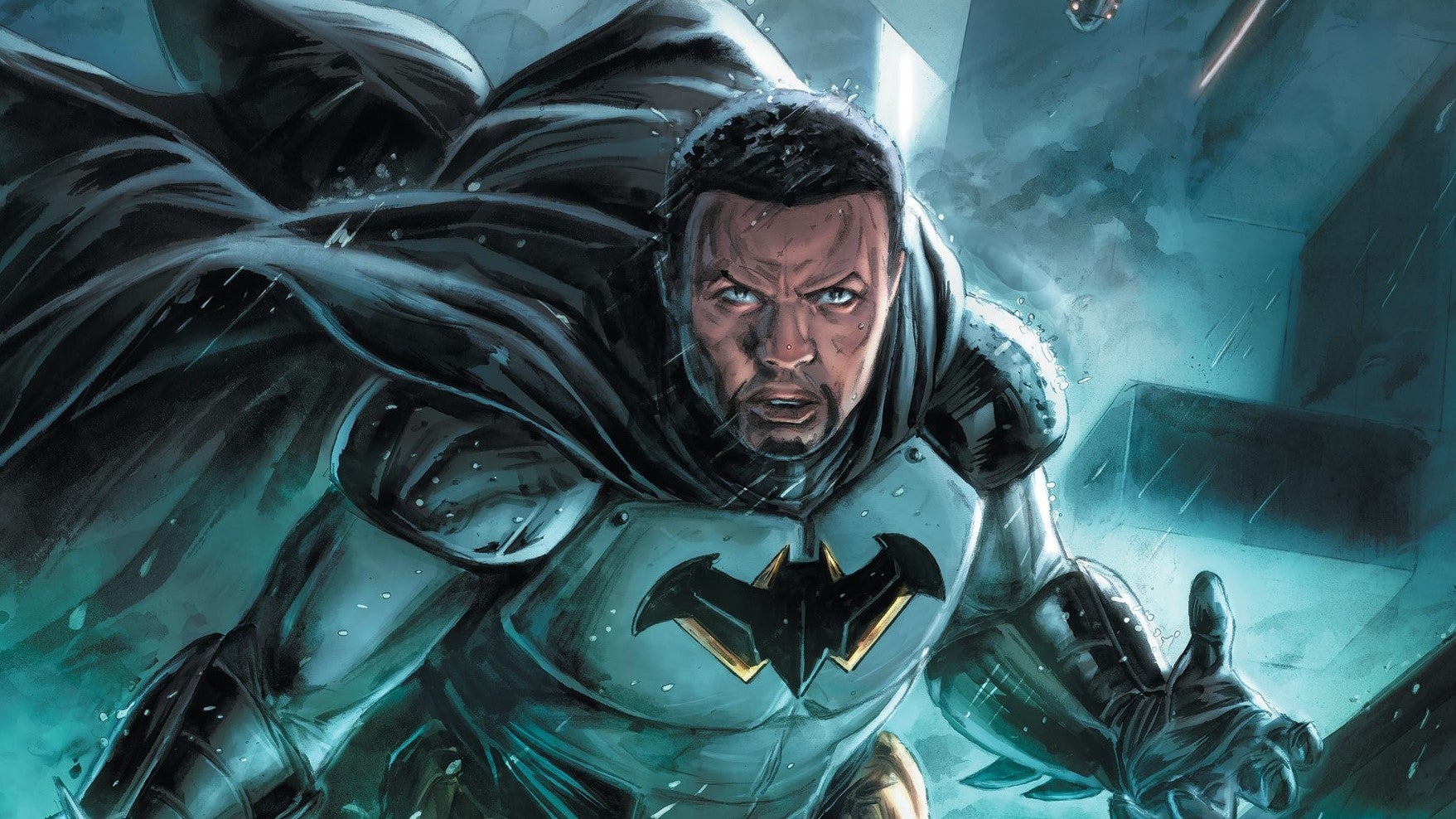
Part of the argument to keep the spirit of Future State alive is to continue to provide an avenue for such perspectives. As much as I liked reading Geoff Johns writing almost every DC title in the 2000s, comic book characters need to be explored from different directions and varying voices. DC’s Future State and the worlds it creates can be that bullpen of ambitious talent waiting for their opportunity.
A Diverse Omniverse
There is clearly an initiative at DC to move towards more diverse characters. Although this has the potential to divide fans if done in an overly didactic manner, they seem to have handed this task to the perfect creative teams. The Next Batman, by Academy Award-winning writer John Ridley (art by Nick Derington), is not about a black Batman. It is about a man, isolated from his family and struggling with his identity.
Still, he’s trying to do the right thing in a bleak future absent of such morals. Joelle Jones’ miniseries is not telling us about a Brazilian Wonder Woman, it follows a brash, arrogant, and instinctive warrior who might improvise a bit too much. These characters are not token diversity. The writers and artists working on these titles display staunch respect, passion, and care for the stories they are getting the opportunity to tell.

That’s not to say that this diversity is not celebrated in the panels of these books. Diana Prince is associated with the Greek pantheon of gods, Yara Flor appears to have a connection to both the Greek and Brazilian mythologies. Yara traverses Hades in her solo issue and runs into Kuat, a sun god of an Amazon tribe in Brazil, during her adventure with the new Superman, Jonathan Kent. Tim Fox’s Batman knows how to deal with two young, confused, would-be criminals without violently beating them or turning them over to the justice system.
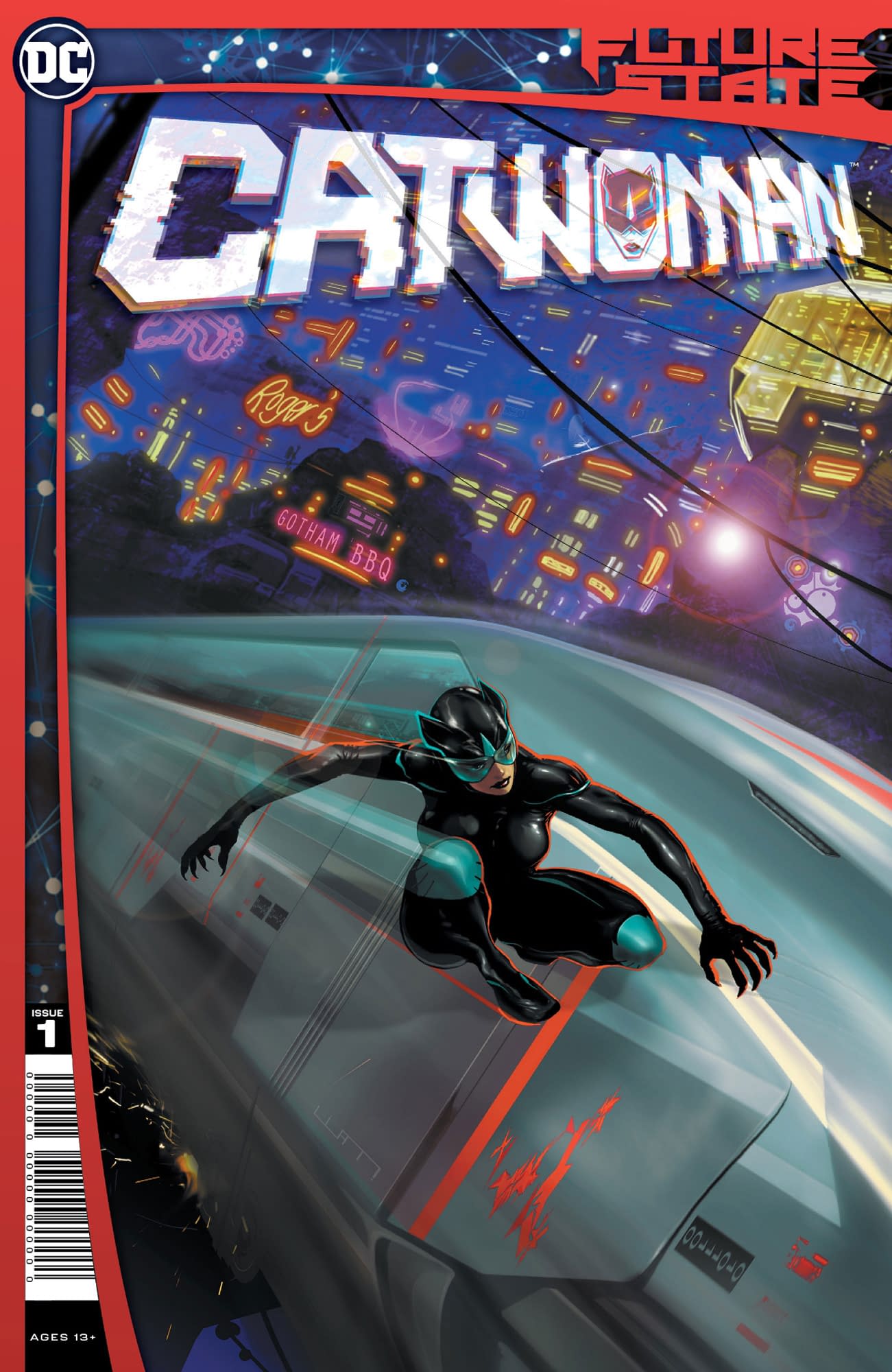
Jess Chambers, or Kid Quick, is the future Justice League’s Flash and a genderfluid non-binary character. They might feel like the most “forced” creation of Future State, but Kid Quick’s dialogue feels natural, and their romantic entanglement with Andy Curry, Aquawoman, comes off as honest. The creative teams don’t use diversity as a crutch to prop up mediocre ideas; they promote it by creating compelling and engaging stories that happen to include these points of view.
The State Of DC’s Future
With Future State underway, so far, the overall reception has been mostly positive. Additionally, DC continues to release new information regarding the future of their comic books, and it looks like they are planning on keeping these new characters and stories around. Within the last few days, DC announced that John Ridley would be penning a new miniseries, The Next Batman: Second Son, starting digitally the same day that Future State ends, February 23.
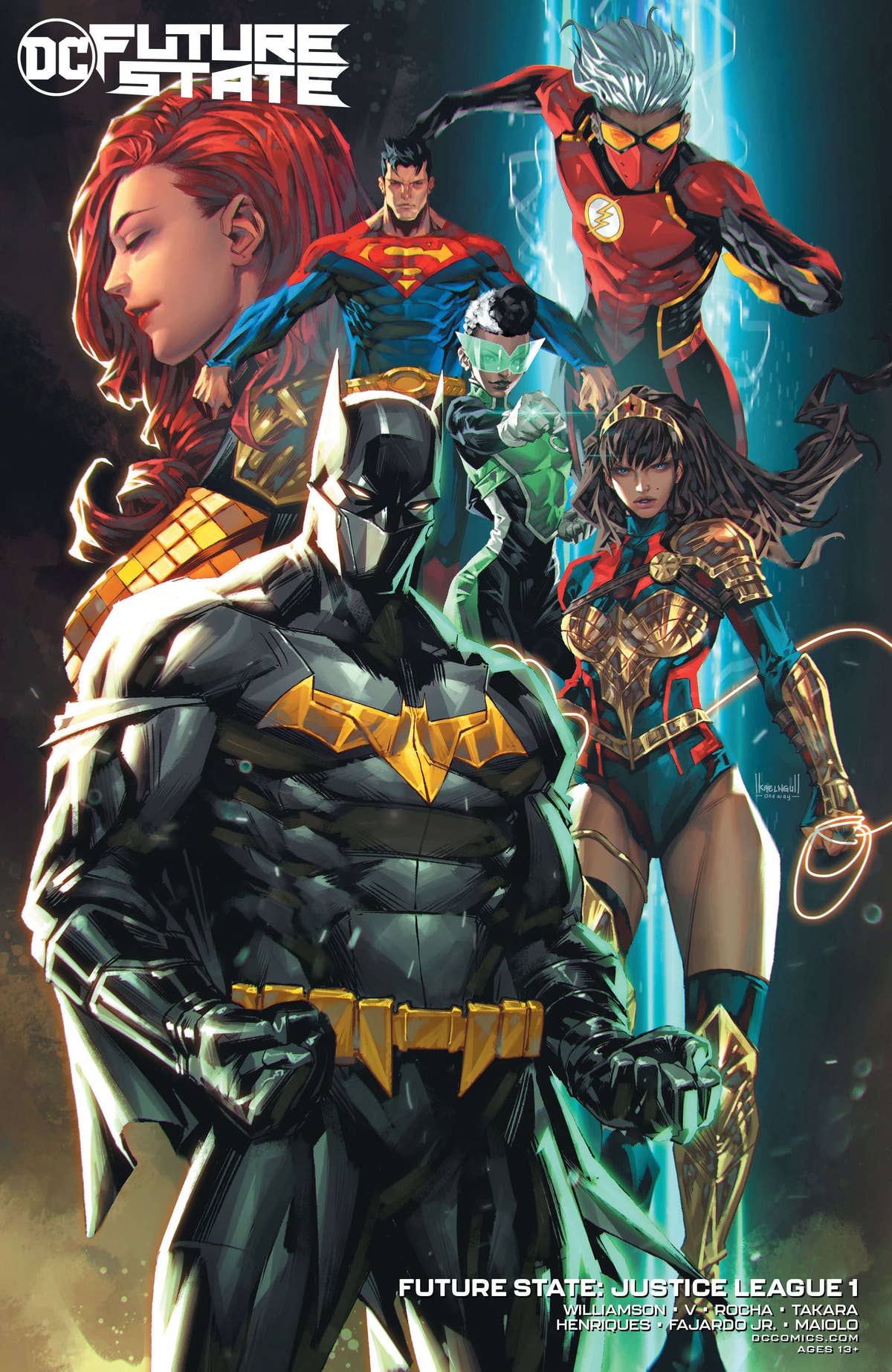
As more and more Future State titles get second printings, it seems inevitable that DC will continue to create projects based on these new characters. And they should since Death Metal created a DC Omniverse where anything and everything that happens matters, it is only right that their new Future State makes a lasting impact.
